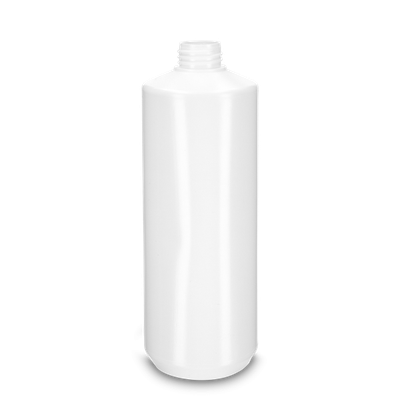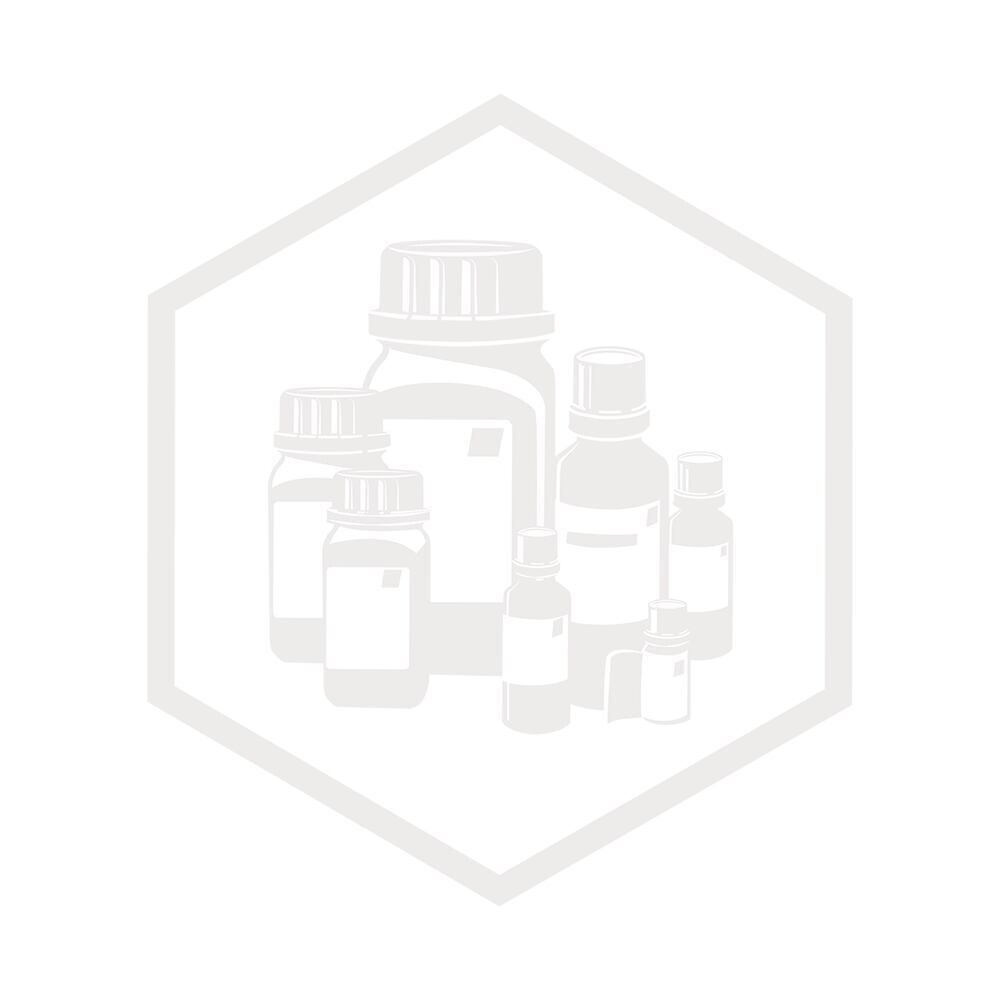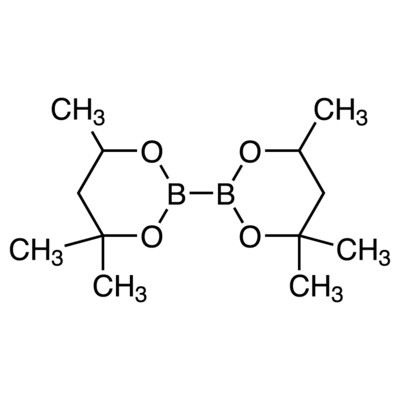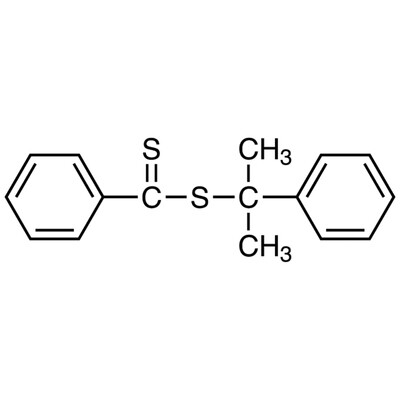Sodium n-decyl sulfate 99% 5 g
SKU 007020
€ 136,62
In stock
1
Save this product for later
Sodium n-decyl sulfate 99% 5 g
Product Details
CAS number: 142-87-0
Chemical formulas: C10H21O4SNa/ F.W. 260.33
Cation: Na
Packaging: 5 g
EAN: 8721028251824
Brand: Laboratoriumdiscounter
Sodium n-decyl sulfate is a powerful surfactant commonly used in various industries. Its unique properties make it an ideal ingredient in cleaning products, personal care items, and even pharmaceuticals. With its ability to effectively remove dirt and grease, sodium n-decyl sulfate is a go-to choice for many manufacturers. Discover the benefits of this versatile compound and enhance your products with its exceptional cleaning capabilities.
When working with Sodium n-decyl sulfate, it is important to follow safety precautions to ensure your well-being. Here are some short safety instructions to keep in mind: 1. Personal Protective Equipment (PPE): Always wear appropriate PPE, including gloves, safety goggles, and a lab coat or protective clothing, to protect your skin, eyes, and clothing from potential contact with the chemical. 2. Ventilation: Work in a well-ventilated area or use a fume hood to prevent the accumulation of fumes or vapors. This will help minimize inhalation exposure. 3. Handling: Handle Sodium n-decyl sulfate with care, avoiding any direct contact with your skin or eyes. In case of accidental contact, immediately rinse the affected area with plenty of water for at least 15 minutes and seek medical attention if necessary. 4. Storage: Store Sodium n-decyl sulfate in a cool, dry, and well-ventilated area, away from incompatible substances. Keep the container tightly closed when not in use. 5. Spills and leaks: In case of a spill or leak, contain the area and prevent the spread of the chemical. Use appropriate absorbent materials to clean up the spill and dispose of them properly according to local regulations. 6. Fire safety: Sodium n-decyl sulfate is not flammable, but it may emit toxic fumes when exposed to high temperatures. In case of a fire involving this chemical, use appropriate extinguishing agents such as carbon dioxide, dry chemical powder, or foam. 7. First aid: Familiarize yourself with the appropriate first aid measures in case of exposure or ingestion. Have access to emergency eyewash stations, safety showers, and a first aid kit. 8. Handling and disposal: Follow proper handling and disposal procedures as per local regulations. Avoid releasing Sodium n-decyl sulfate into the environment or drains. Remember, these instructions are not exhaustive, and it is essential to consult the Safety Data Sheet (SDS) and any other relevant safety information provided by the manufacturer or your organization before working with Sodium n-decyl sulfate.
Please note, not all safety data for this product is available on our website, for a complete list of P en H sentences and other safety instructions please request the MSDS at our customer service
You May Also Like

1000 ml round bottle LDPE white RD 32 cylindrical
1000 ml round bottle LDPE white RD 32 cylindrical
SKU 3-0551-1000-32-LD
€ 3,06
![1-Ethyl-1H-imidazo[4,5-b]pyridine, 97.0%, 250mg 1-Ethyl-1H-imidazo[4,5-b]pyridine, 97.0%, 250mg](https://d2j6dbq0eux0bg.cloudfront.net/images/88473019/4856898723.png)
1-Ethyl-1H-imidazo[4,5-b]pyridine, 97.0%, 250mg
1-Ethyl-1H-imidazo[4,5-b]pyridine, 97.0%, 250mg
SKU F517804-250MG
€ 268,40
Display prices in:EUR



![(1R,8S,9s)-Bicyclo[6.1.0]non-4-yn-9-ylmethyl succinimidyl carbonate, ?97.0%, 250mg (1R,8S,9s)-Bicyclo[6.1.0]non-4-yn-9-ylmethyl succinimidyl carbonate, ?97.0%, 250mg](https://d2j6dbq0eux0bg.cloudfront.net/images/88473019/4762847413.png)


![2-[2-(4-Aminophenoxy)ethyl]-1H-isoindole-1,3(2H)-dione, 97%, 250mg 2-[2-(4-Aminophenoxy)ethyl]-1H-isoindole-1,3(2H)-dione, 97%, 250mg](https://d2j6dbq0eux0bg.cloudfront.net/images/88473019/4857607022.png)


![1-(2,3-Dihydro-benzo[1,4]dioxin-6-yl)-5-oxo-pyrrolidine-3-carboxylic acid, 95.0%, 2.5g 1-(2,3-Dihydro-benzo[1,4]dioxin-6-yl)-5-oxo-pyrrolidine-3-carboxylic acid, 95.0%, 2.5g](https://d2j6dbq0eux0bg.cloudfront.net/images/88473019/4856204163.png)

